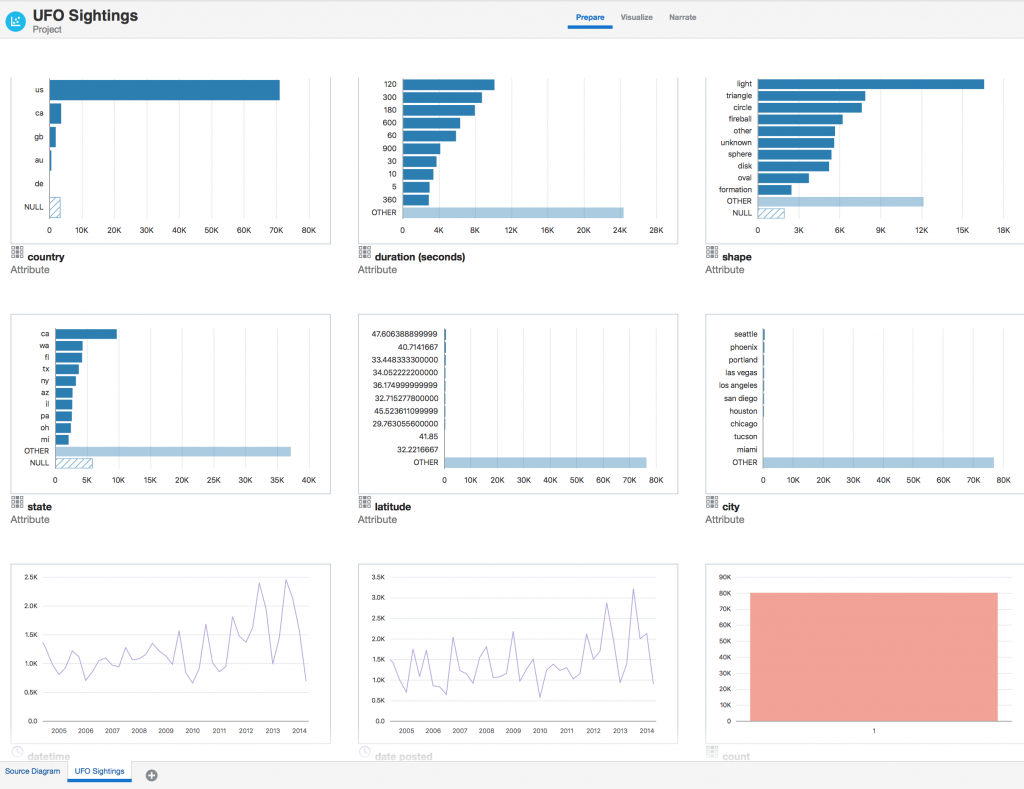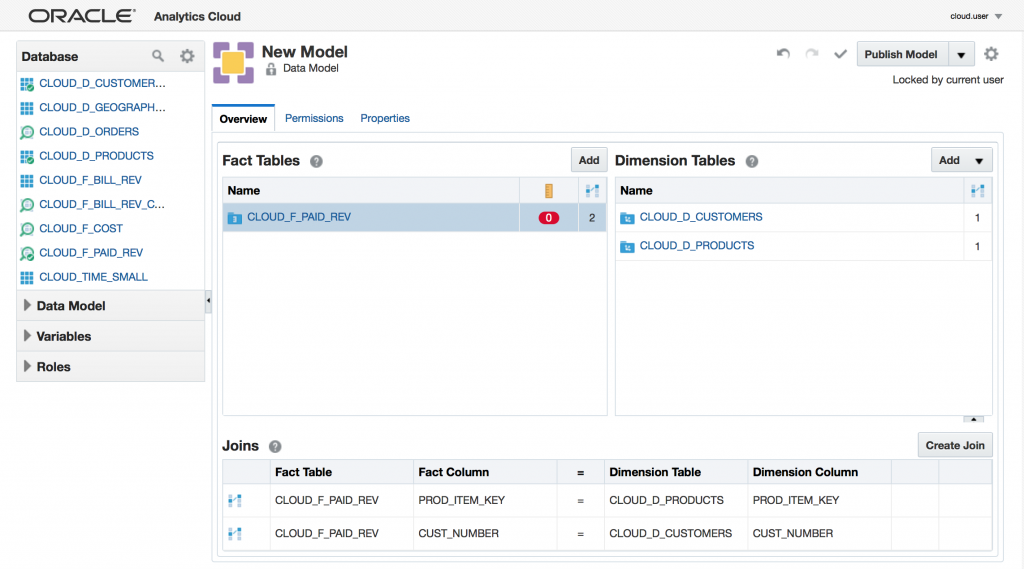A Funny Thing Happened on the Way to the Cloud…
Oracle Analytics Cloud (OAC) is generally available (GA) today, and I’m excited to be included in this OAC blog hop welcome wagon. So I’m slumming it with a bunch of Essbase professionals, as you can see from the list of contributing authors below. It’s fascinating to see just how stoked the Essbase community is for this new service, and you’ll understand why by reading all the other posts linked below. So here’s the boilerplate content that I’m contractually obligated to include:
- Opal Alapat, interRel Consulting
- Stewart Bryson, Red Pill Analytics
- Brian Dandeneau, interRel Consulting
- Tim German, Qubix
- Cameron Lackpour, ARC EPM Consulting
- Matt Milella, Oracle
- Glenn Schwartzberg, interRel Consulting
- Summer Watson, interRel Consulting
- Sarah Zumbrum, Oracle
Is This Different?
Some of you are probably confused by a new Analytics Cloud service from Oracle because we already have the BI Cloud Service (BICS). Well… a funny thing happened on the way to the Cloud.
Full disclosure here: I’m an Oracle ACE Director, and am privy to certain product roadmap details before their public release, not just about Oracle BI and DI products, but all Oracle products. And though what I’m about to tell you is tempered with fact, I’m going to muddle the conversation a bit with some opinion about how we got to where we are.
Dogfooding

Oracle had to run their own products in the Cloud
Back in September of 2014, Oracle announced the Business Intelligence Cloud Service, and Product Management learned straight away that OBIEE 11g, which served as the initial code base for BI Cloud Service, was, well… challenging. Sure, when it was married to a single, static server–or even a group of servers when clustered–it was predictable, if not completely over-engineered. I used to joke with Mark Rittman in the early days that we would avoid restarting OBIEE at almost any cost because it was effectively a coin toss whether it would come back up. There were several aspects of the stack that ran counter to Cloud architecture, including the Oracle Instance, OPMN, the BISystemUser, and those wonderful security GUIDS. So Oracle rolled up their sleeves and went to work, simplifying the BICS architecture, producing fantastic features such as the BAR File (still Snapshots in BICS), the Service Instance, and of course Oracle Data Visualization.
During this time, development of the on-premises product Oracle Business Intelligence 12c was underway. The momentum behind simplified architecture and rapid provisioning continued, and the maiden release of OBIEE 12c was rock solid, with an improved upgrade experience coupled with the Baseline Validation Tool (BVT) that meant analytics bliss for all of Oracle’s on-premises customers.
Oracle Analytics Cloud… I’m Getting to That
While the impressive features of OBIEE 12c are rooted in the previous Cloud offering, including Service Instances and Data Visualization, BICS today is still very much OBIEE 11g. You can think of it as a weird sort of hybrid of the basic 11g architecture with a bunch of cool things from 12c bolted on. So what is Oracle Analytics Cloud? It’s a brand new analytics Cloud service built from the ground up using OBIEE 12c, providing the wider breadth of capabilities we expect from Oracle’s on-premises products, including the latest capabilities from Data Visualization, and some impressive Essbase features as well (see several of the linked blog posts above for more on Essbase in the Cloud). The pre-release version of the product I’m using to write this blog has a version number of 12.2.2.0.0 and change… we’ll see if that matches when we get our hands on the real thing.
Data Visualization
The first thing we notice right away with Oracle Analytics Cloud is the bleeding-edge version of Oracle Data Visualization. Previously, to see this functionality from DV, we would have to download Data Visualization Desktop (DVD), or maybe just cut out the middle-person and watch the incredible Data Viz Daily from guru Kevin McGinley. OAC provides access to all the modern data sources that DVD hooked us on–like Amazon EMR, MapR, MongoDB and Informix (that last one is there to make sure you are paying attention)–but we also have Data Flows, and the incredibly useful Summarization screen.

Metadata
Conceptually, the Semantic Model has lost its luster in the eyes of many. There’s still a need for metadata, but we’ve seen the severity of that need register all across the spectrum in recent years. While the lightweight modeling available in Data Visualization satisfies the simplest of requirements, it’s not long before we run out of runway and need more capabilities. BICS gave us two options for surfacing metadata: the “thin modeler,” a browser-based solution providing enhanced capabilities from what’s available alone in Data Visualization, and the full-on Business Model and Mapping layer, which we could only get by developing our repository offline in the Admin Tool, and uploading to BICS.
Oracle Analytics Cloud gives us these same choices. Perhaps my biggest surprise when working with the pre-release version was the existence of the thin modeler; not because it doesn’t make sense, but my expectation was the initial release would be more “OBIEE 12c” than “BICS.” One of the first things I plan to investigate when we provision OAC proper is whether the Lifecycle REST API exists and whether we can use data-model.(cmd|sh) to deploy repositories.

The “thin modeler” is still around. Whoa… heavy.
Conclusion
The pre-release version we’ve had access to is far from the full-blown product. I couldn’t get to any of the provisioning screens, and the provisioning of services whether by screen or API represents significant ROI with Cloud deployments. I also didn’t have access to the backend of the service, so I’m not yet clear on what development workflows will look like, or how we might structure promotions from Dev to Test to Prod. The BAR file is the future, but it’s still quirky in OBIEE 12c, and we’ll need to see whether 12.2.2 provides relief from the quirks. Keep an eye out on this blog, and the blogs of all the other participants in the coming weeks and months for a more wholistic treatment of the future of Oracle analytics.
